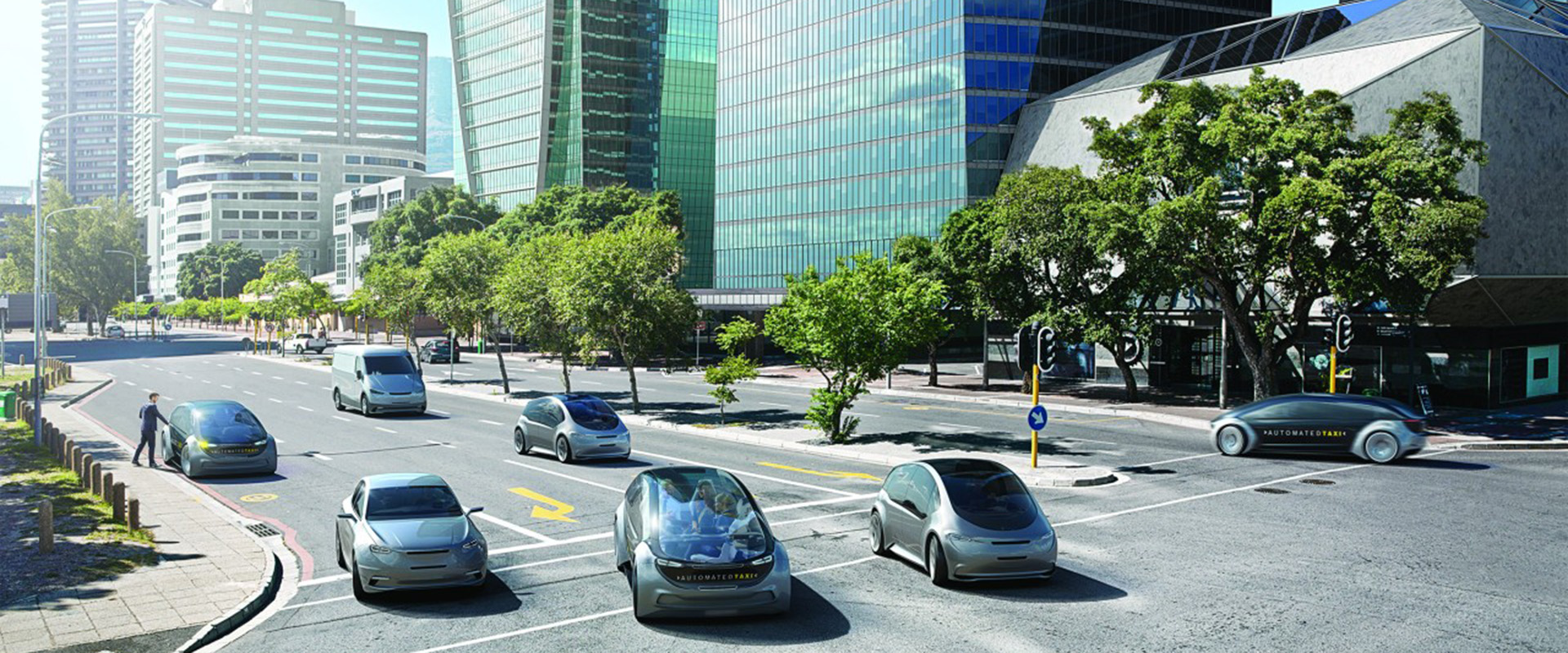Joint project on verification and validation methods completed
German industry & research propose new development standard for safe automated driving
The safety standard must be technically proven in order for automated systems and vehicles to be approved for road use. The German automotive industry has joined forces with 21 partners from industry, research institutions and testing bodies in the joint project Verification and Validation Methods (VVM) and developed the world's first structures to make these safety standards verifiable for automated vehicles in an urban environment. The Fraunhofer Institute for Experimental Software Engineering IESE has taken on the leading role in the joint project in the development of a reference structure for the safety verification of autonomous systems. Four years after the start of the VVM project, the results are now available; they provide orientation for the entire industry and strengthen competitiveness with regard to the automated driving of the future. The research project was funded by the German Federal Ministry for Economic Affairs and Climate Protection and initiated by the VDA's lead initiative for autonomous and connected driving.

The higher the level of automated driving and the more complex the area of application of a system, the more factors need to be taken into account during development. The first SAE Level 3 systems for highway driving and an SAE Level 4 system for driverless parking have already been approved. For an extension to other areas of application - such as urban traffic - the complexity and requirements for the vehicle and system will increase significantly. For this reason, suitable verification and validation methods are required, which was the focus of the VVM project working group.
The challenge of urban traffic
“Pedestrians, cyclists, motorized two-wheelers, intersections that are difficult to see: One of the biggest challenges in automated driving is controlling traffic in an urban environment. This is characterized by many road users, traffic light systems, traffic signs and vehicles,” says Roland Galbas from Bosch, head of the VVM consortium project. “In order for the vehicle to be able to master even the rarest of scenarios in the future, it needs comprehensible structures and processes that not only enable the safe operation of a system in exceptional situations, but can also demonstrate safe maneuvering.”
“The VVM research project is dedicated precisely to proving that the automated driving functions react safely and reliably and also represent a benefit for the customer in terms of precision and quality,” says Dr. Mark Schiementz from BMW, also head of the project. “Flanked by regulations, the German automotive industry is guided by the principle of not only bringing the fastest technological progress to the road, but also providing safe vehicles and systems that can be relied on at all times. And this reliability begins with the development of these systems.”
Prerequisite for road approval: demonstrable safety
The safety principle is already the top priority in the design and development of automated driving functions. Accordingly, these safety functions must be proven for the approval of a vehicle and a certified release for road traffic. In order to be able to provide this proof, the 21 project partners have jointly developed a model consisting of various procedures, methods and tools. By means of a so-called safety argumentation, proof can be provided that the system is safe to use.
As a consortium partner in the joint project, Fraunhofer IESE has looked in detail at what this proof of safety for autonomous systems can look like and how it must be structured. “Anyone who wants to approve a highly automated driving system must make it clear to various stakeholders such as the Federal Motor Transport Authority why the system adequately addresses unacceptable risks. This is exactly what we make possible with the VVM safety verification, which was developed using established techniques from model-based systems and safety engineering paired with adequate tool support for the Goal Structuring Notation (GSN). For more than 20 years, Fraunhofer IESE has been realizing development and assessment methods as well as tools for ensuring functional safety and for certifying safety-critical systems. We are constantly adapting these to the challenges of autonomous systems, in particular to the increasing complexity of the operating environment”, explains Jan Reich, head of the VVM project at Fraunhofer IESE.
Technology pioneer from Germany
The methodical approach from the VVM project is the first standard worldwide that also takes industrial processes into account. This once again makes the German automotive industry a technological pioneer in automated driving. The world's first regulation for fully automated driving (SAE Level 4) came into force in 2021 with a corresponding law in Germany. In 2022, a corresponding ordinance with the technical details was passed to allow such vehicles to be registered and operated on German roads. The German automotive industry is thus once again tackling the complexity of automated driving and making it more manageable.
At the end of its project term and building on the results of the predecessor projects Pegasus and SetLevel, VVM will for the first time deliver a consistent methodical safety approach for automated driving in urban environments, which will enable industry-wide cooperation and value creation. The scenario-based safety verification approach pursued in the project could help to set global standards once it has been approved by the authorities. VVM has created a future-relevant reference system for the industry that closes a methodological gap for practical validation and consolidates the German industry's pioneering role in international competition in automated driving.
Last modified: